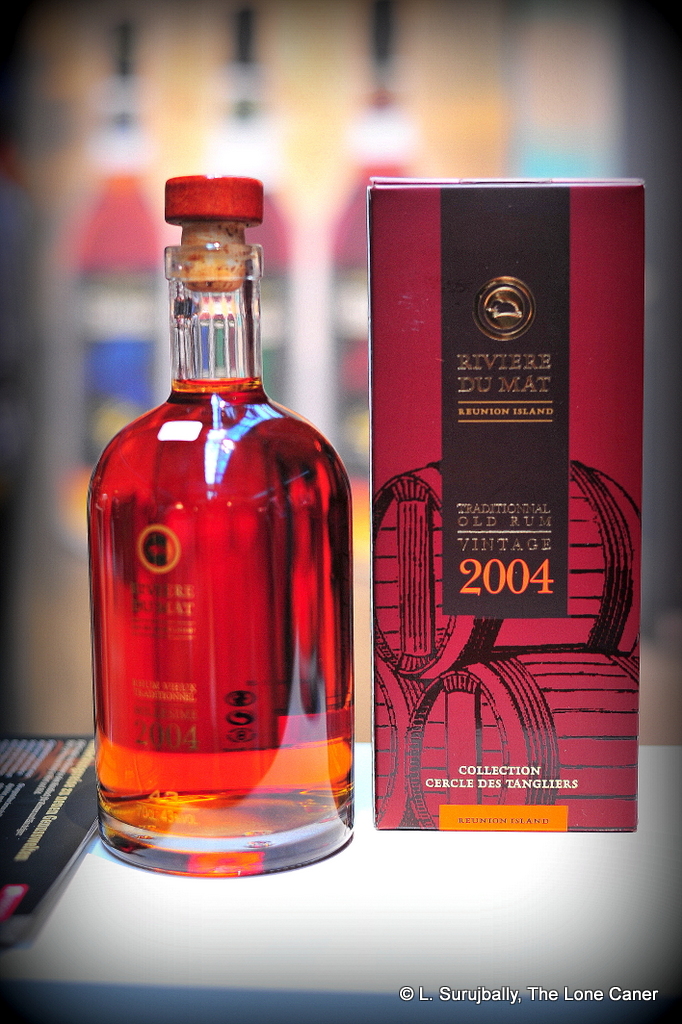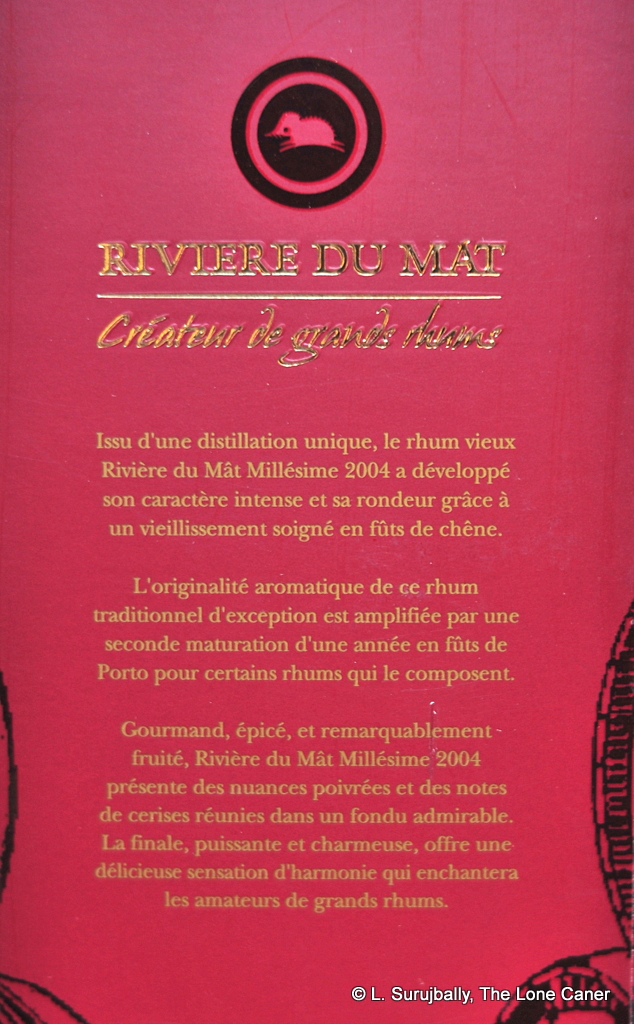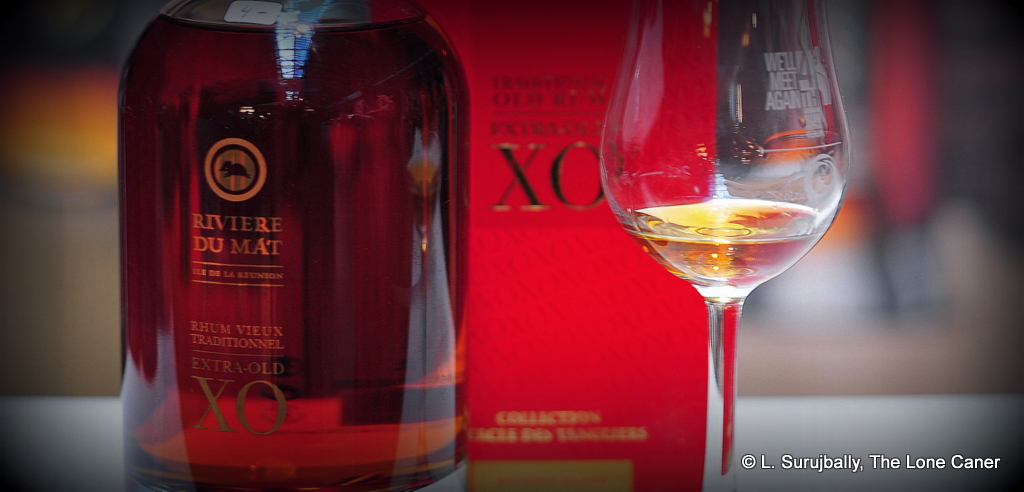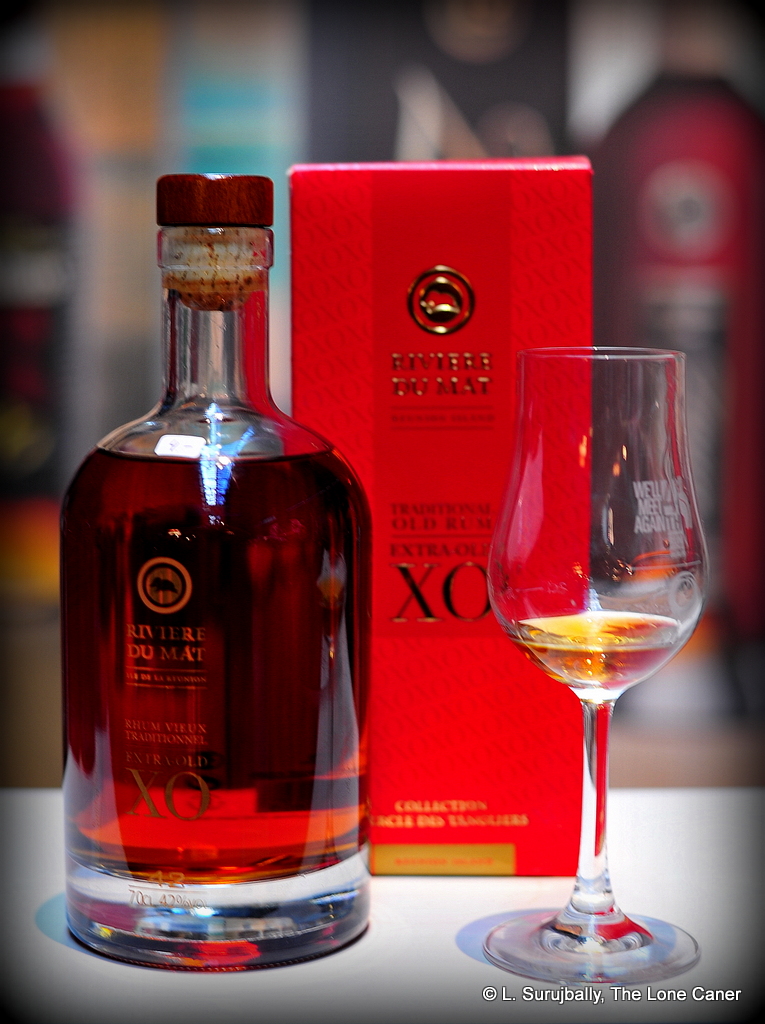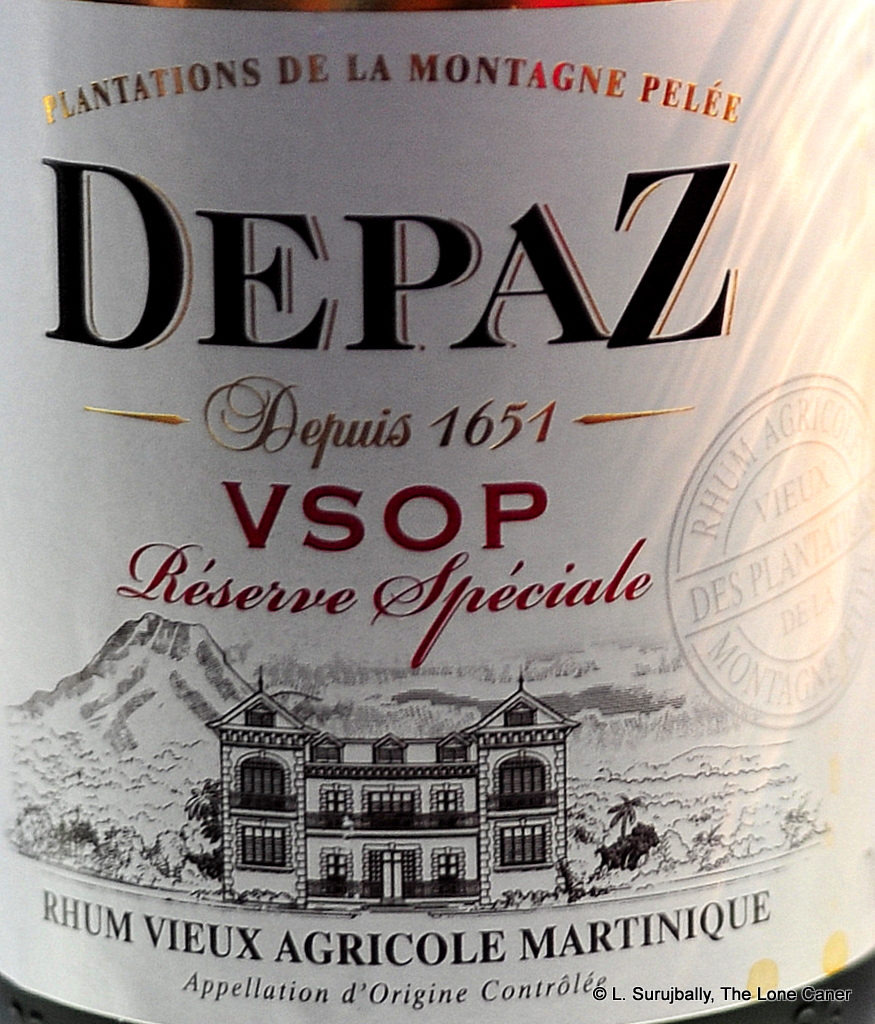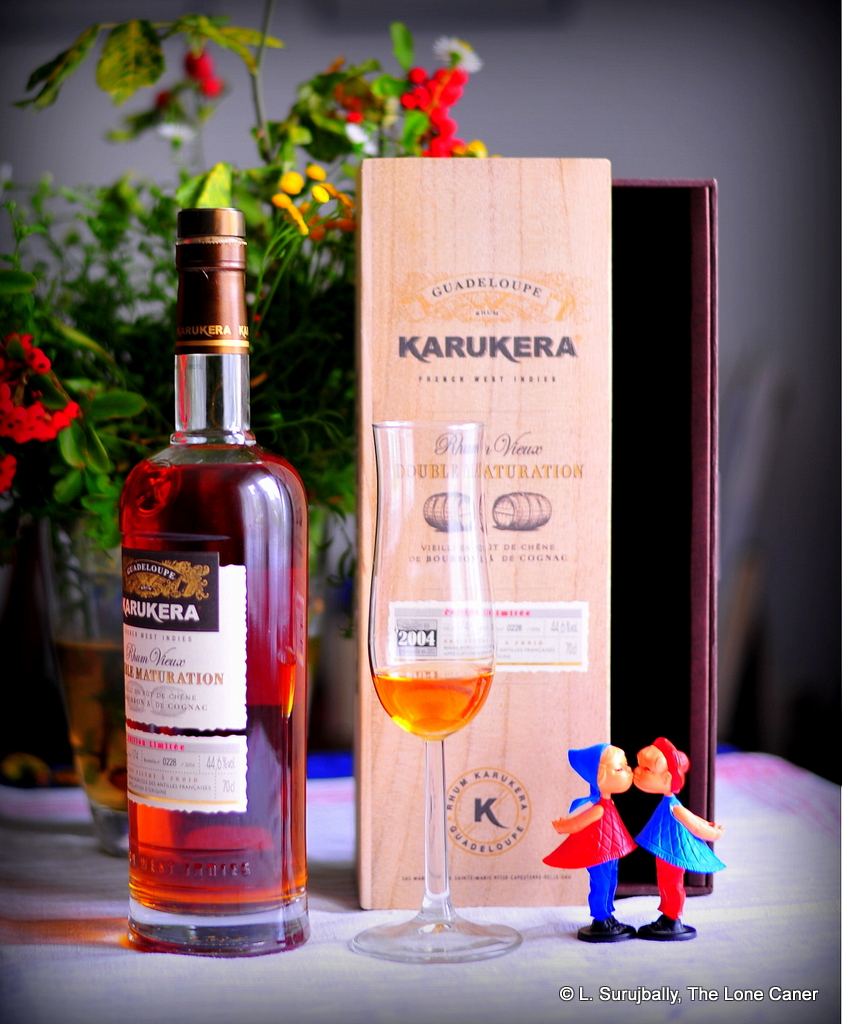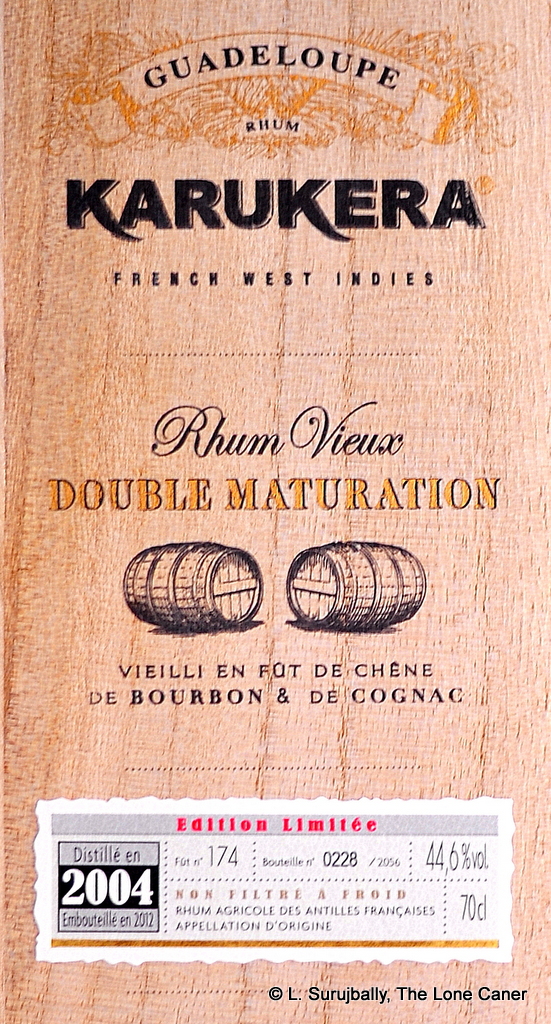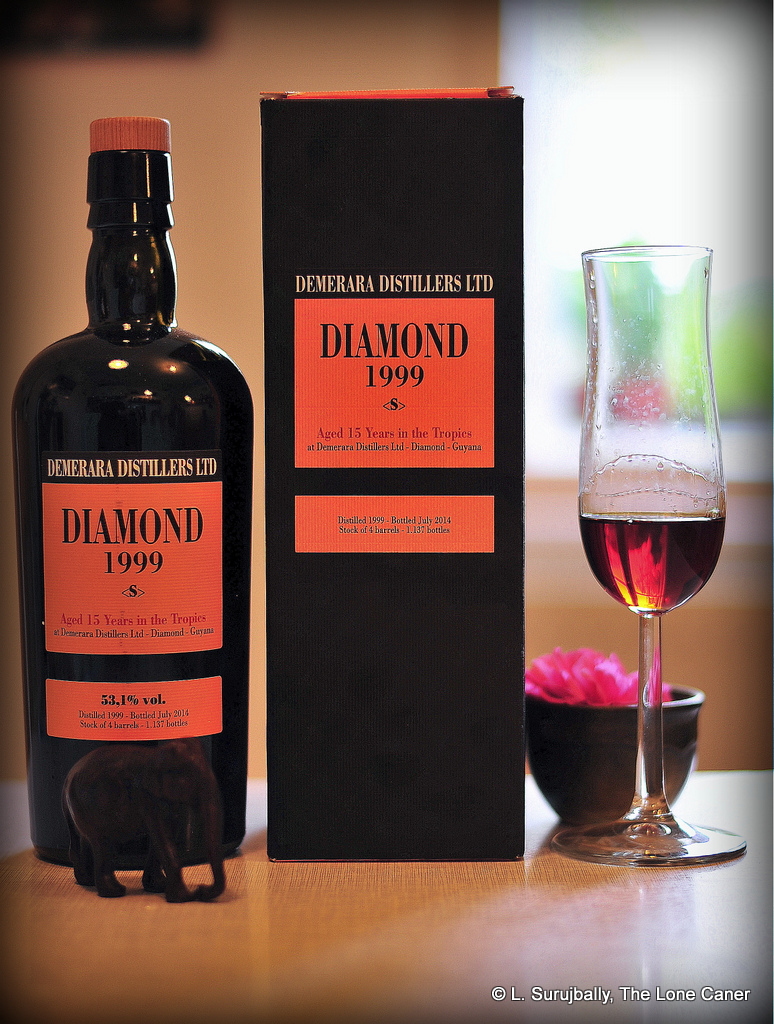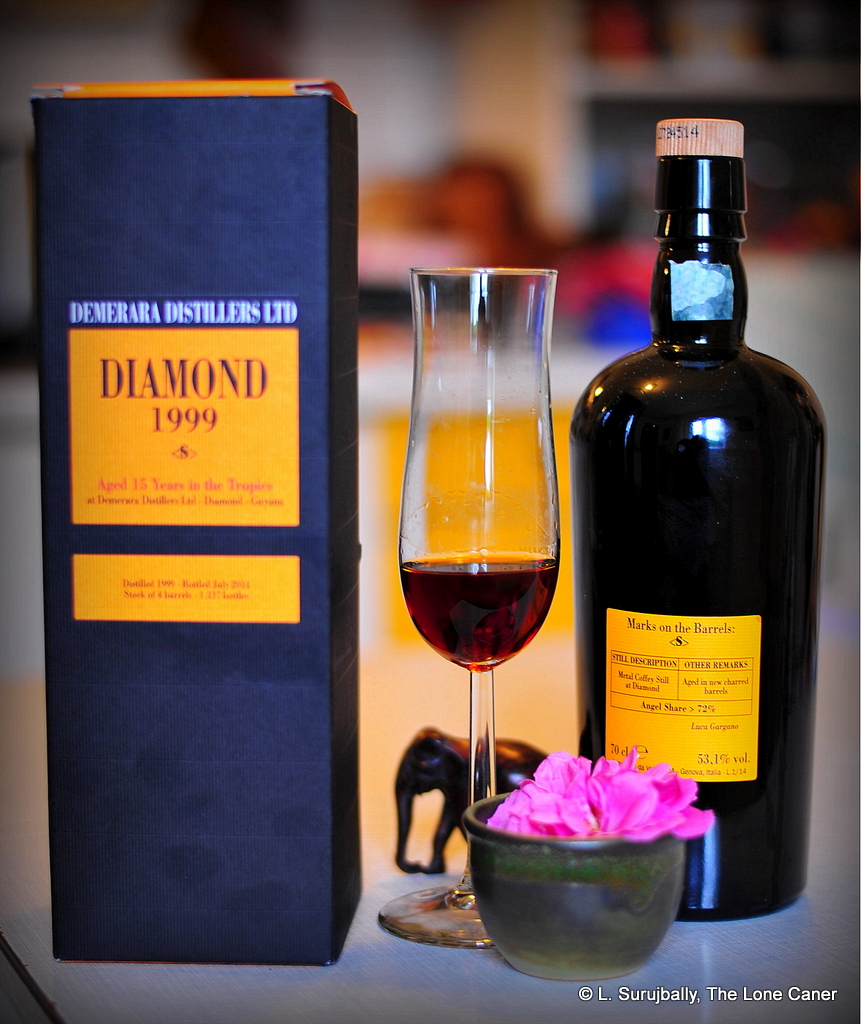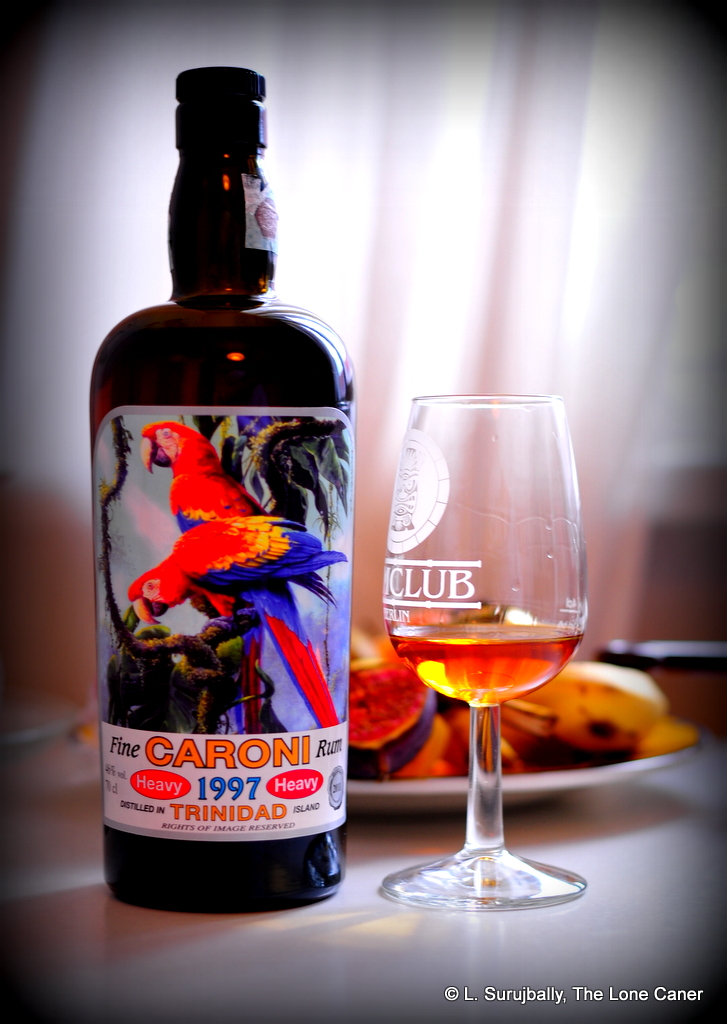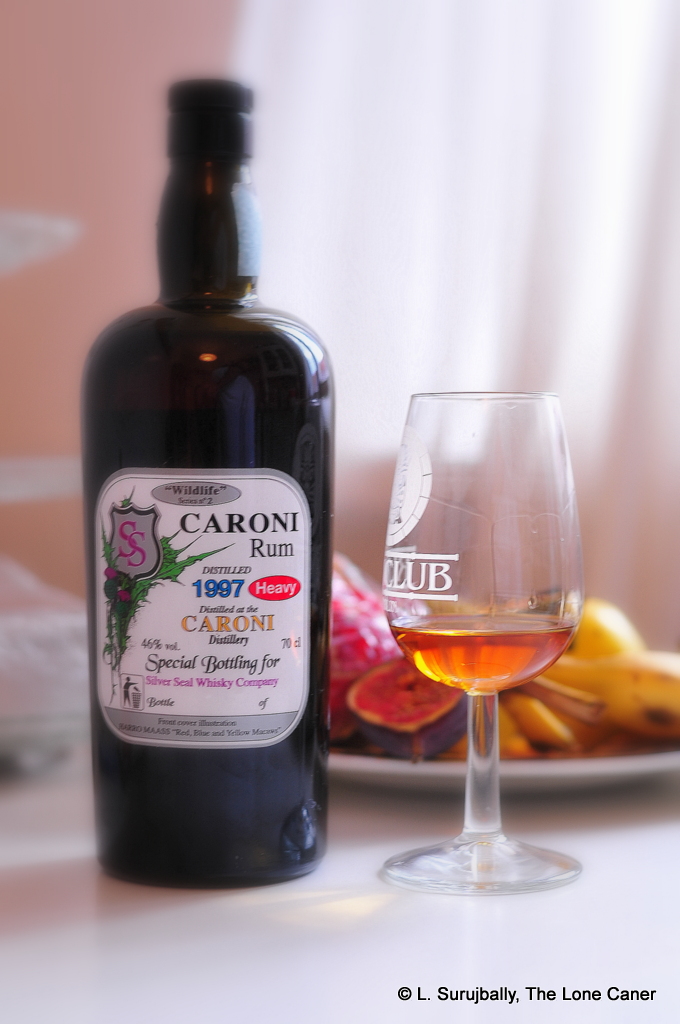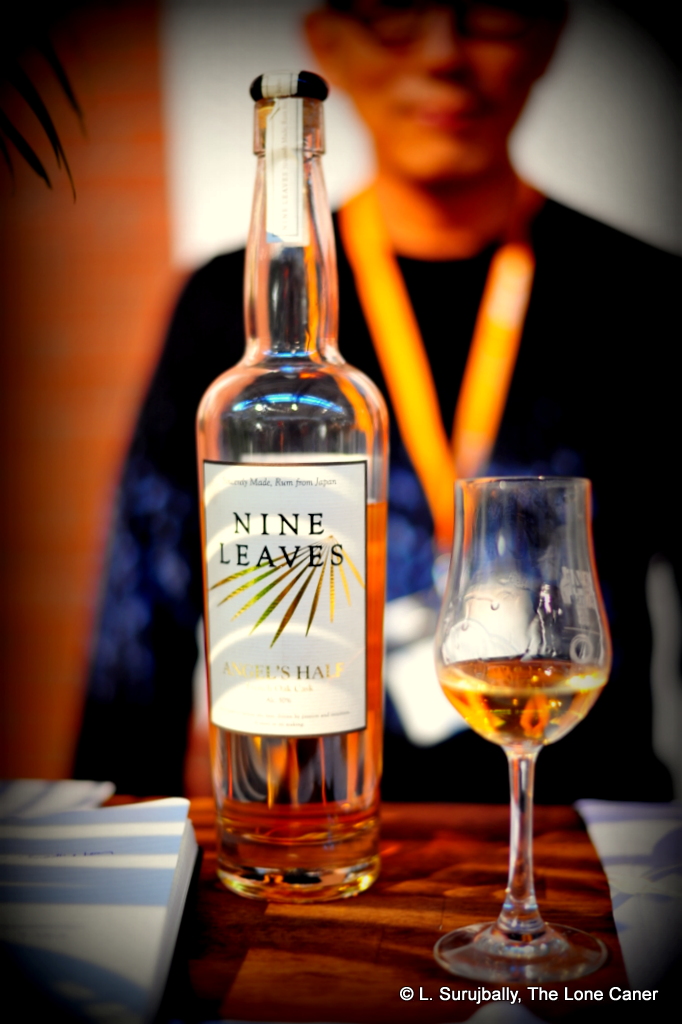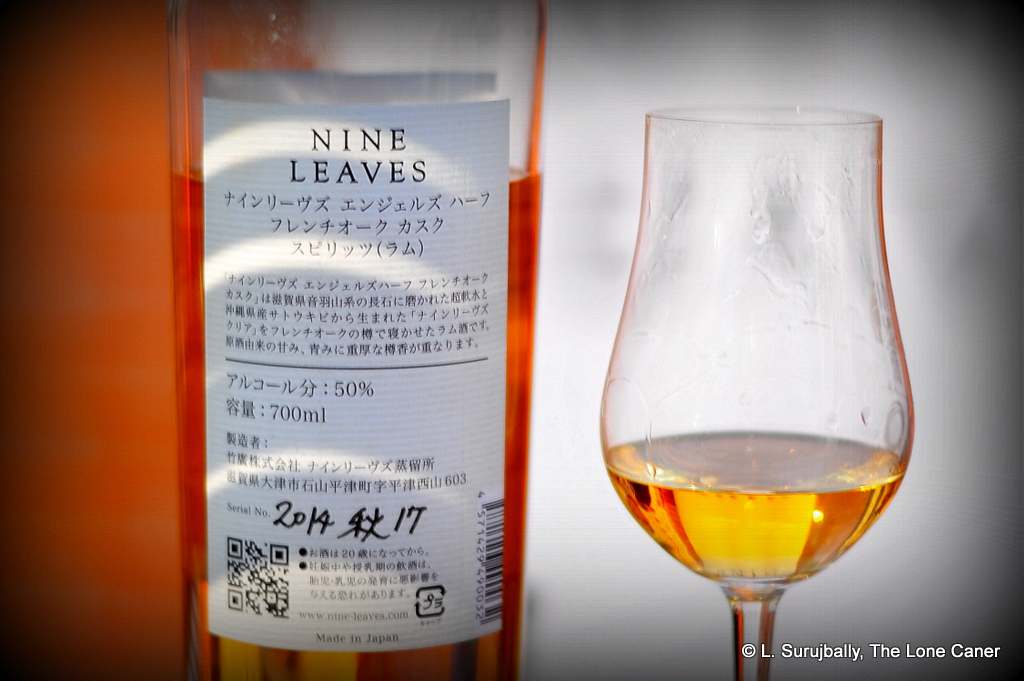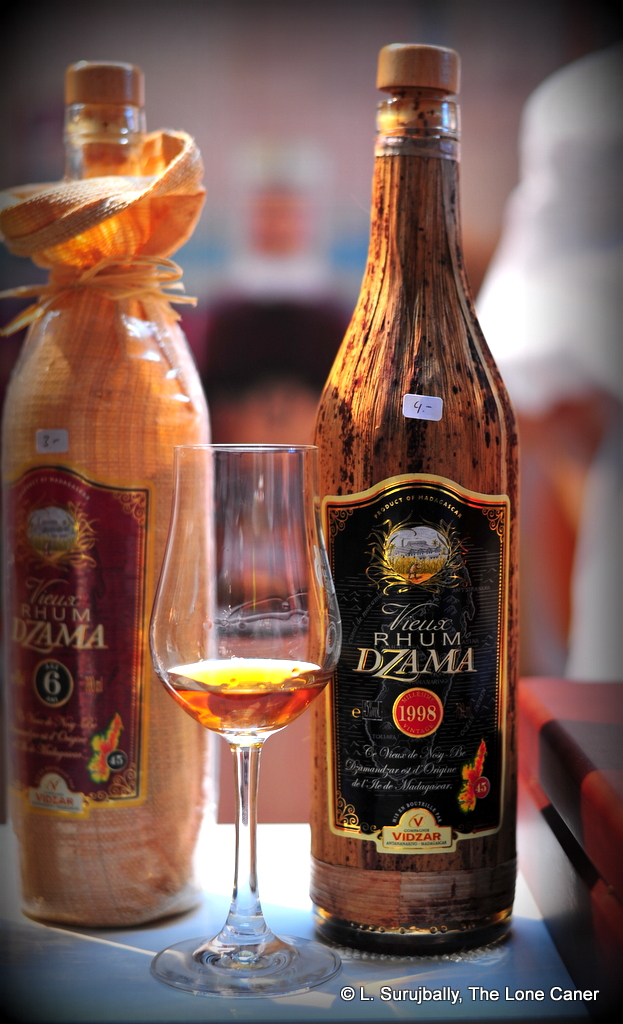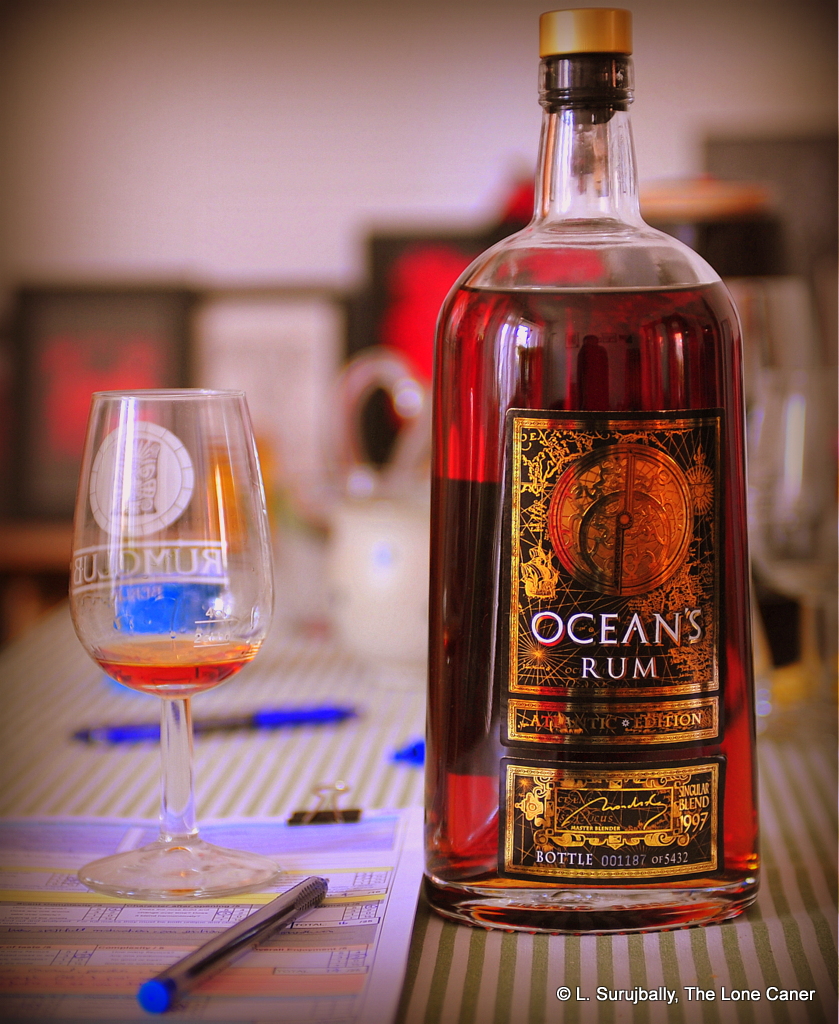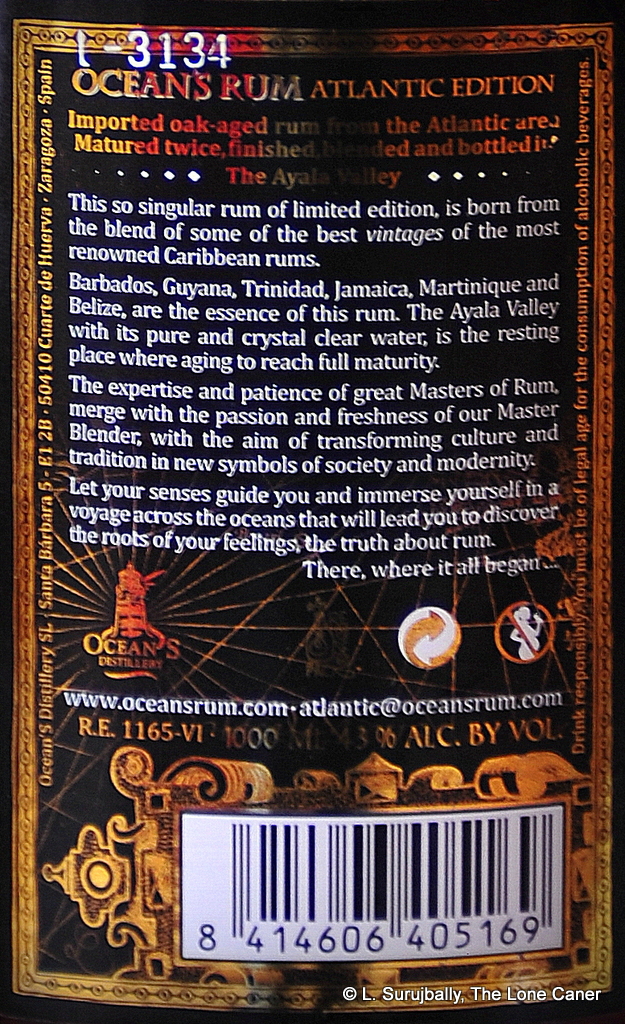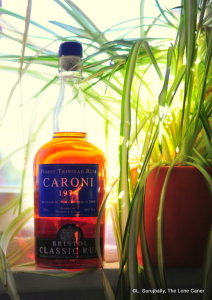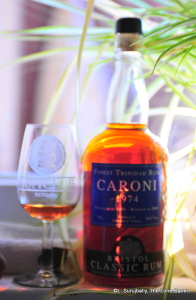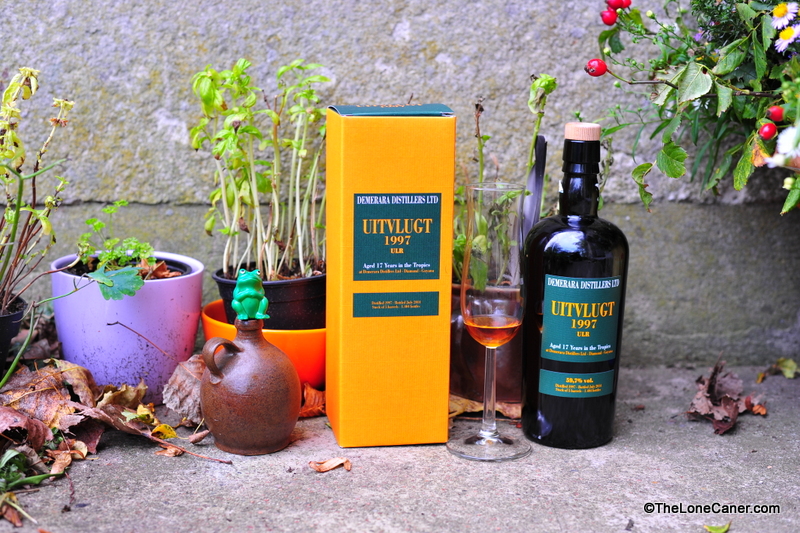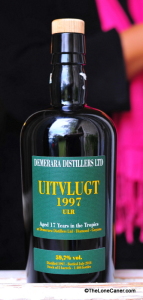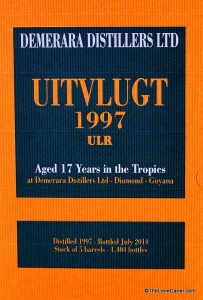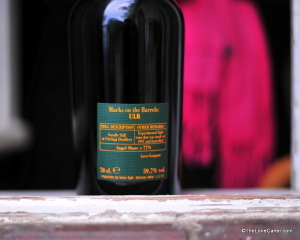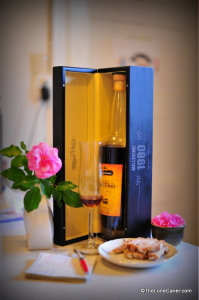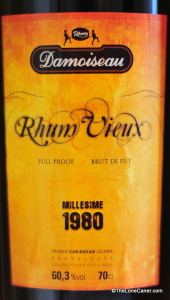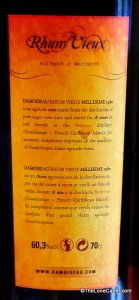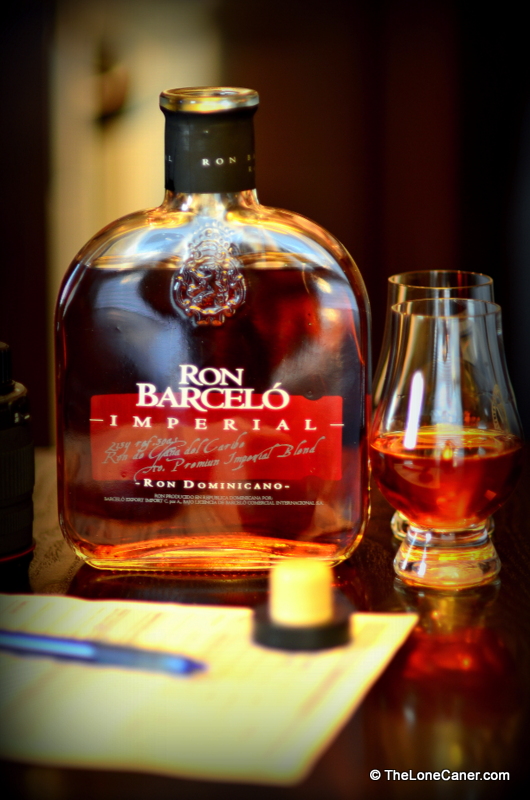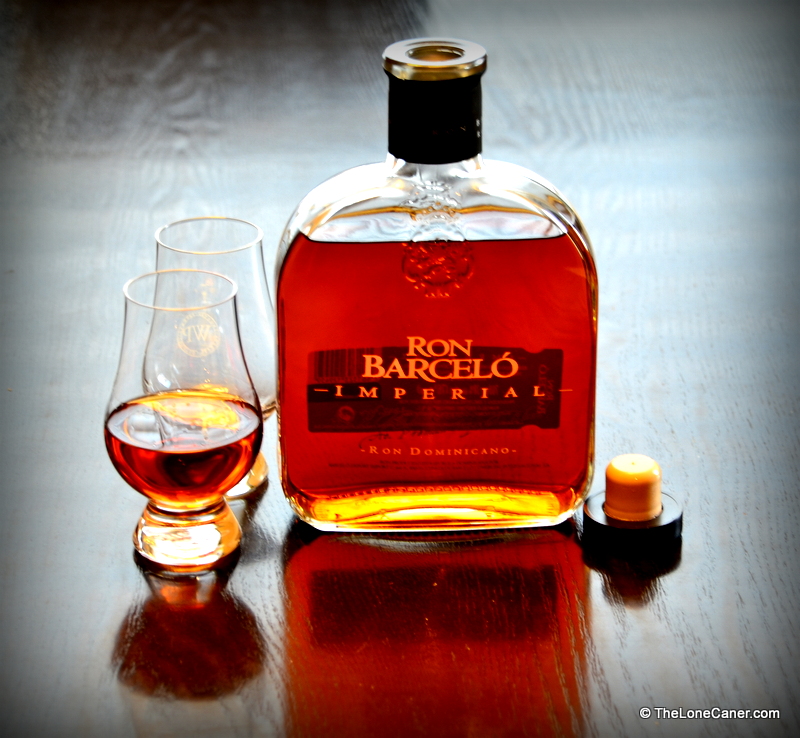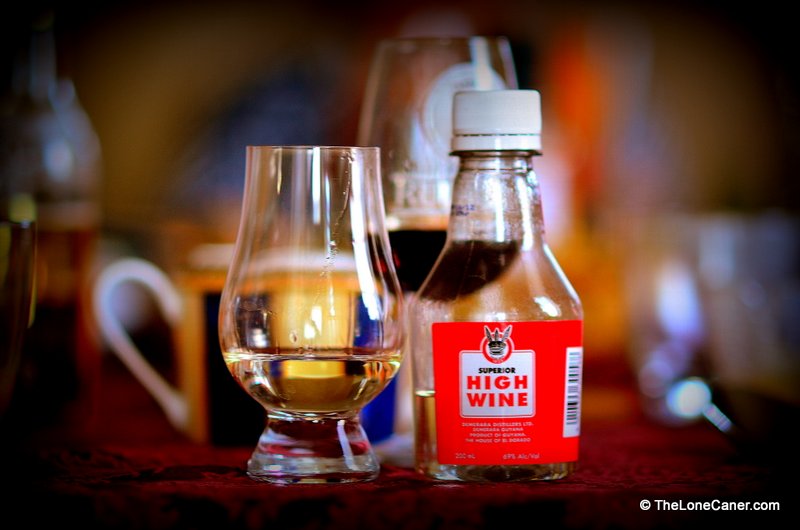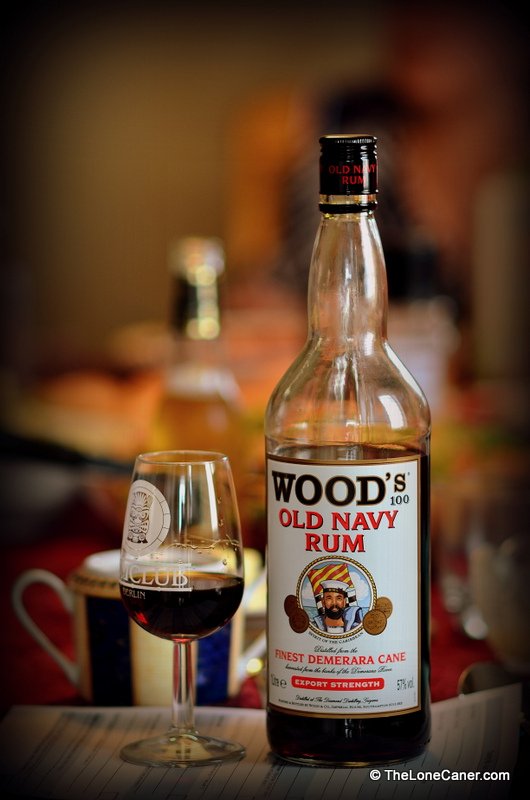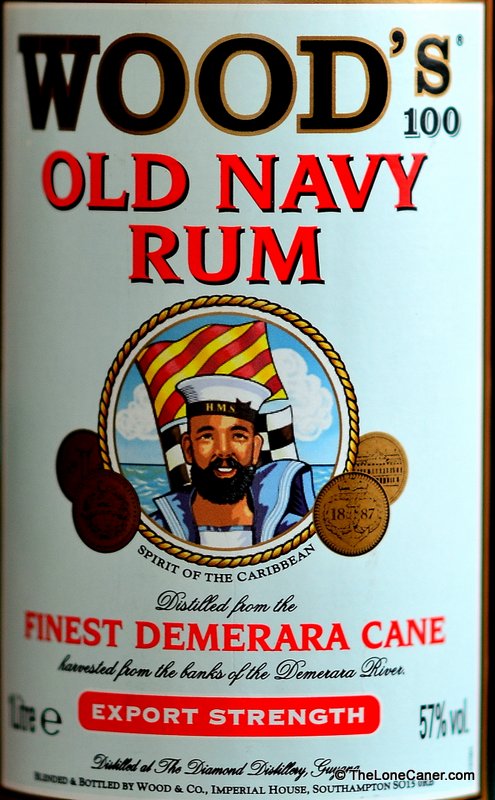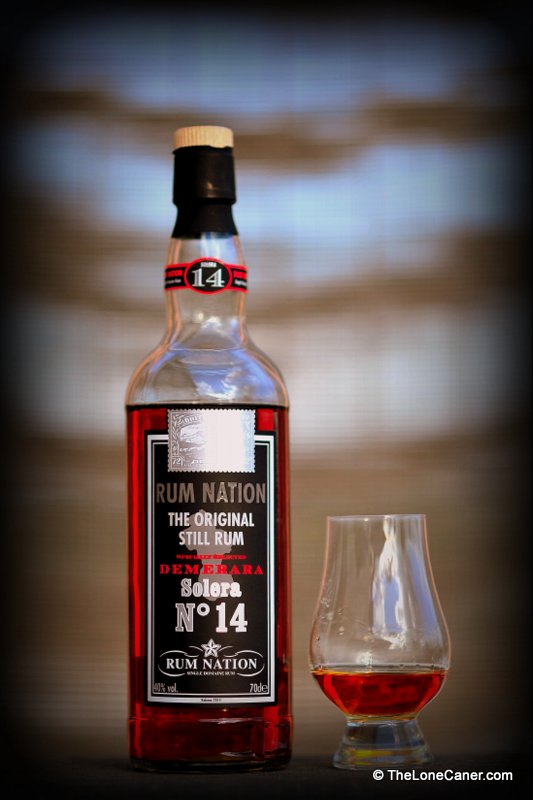
An assembly of two rums that are great on their own, made even better by being blended before ageing.
Permit me a brief box-ticking here: Velier issues cask strength monsters akin to top end whiskies (but which cost less); they hearken to individual distilleries, sometimes to individual stills within that distillery; and Luca Gargano, the maitre, has stocks of Guyanese rums and the Trini Caronis that beggar the imagination; and while occasionally there are rums that don’t quite ascend to the brilliance of others, the overall oevre is one of enormous collective quality. Here, Velier has taken something of a left turn – this rum is what Luca calls an “experimental”. Which is to say, he’s playing around a bit. The price of €150 is high enough to cause a defense contractor to smile, and reflects the rums rarity – only 848 bottles are in existence (as an aside, compare this price to the 7000 bottles or so of the thousand-dollar Black Tot).
Blending of rums to produce the final product which makes it to our shelves usually takes place after they have slept a while in their wooden beds. Ever-willing to buck the trend and go its own way, Velier blended the core distillates (from the Port Mourant double-pot still, and the Enmore wooden Coffey still) right up front, and then aged the mix for sixteen years (it’s a 2014 release). The theory was that the disparate components had a chance to meld from the beginning, and to harmonize and age as one, fully integrating their different profiles. It’s a bit of a gamble, but then, so is marriage, and I can’t think of a more appropriate turn of phrase to describe what has been accomplished here
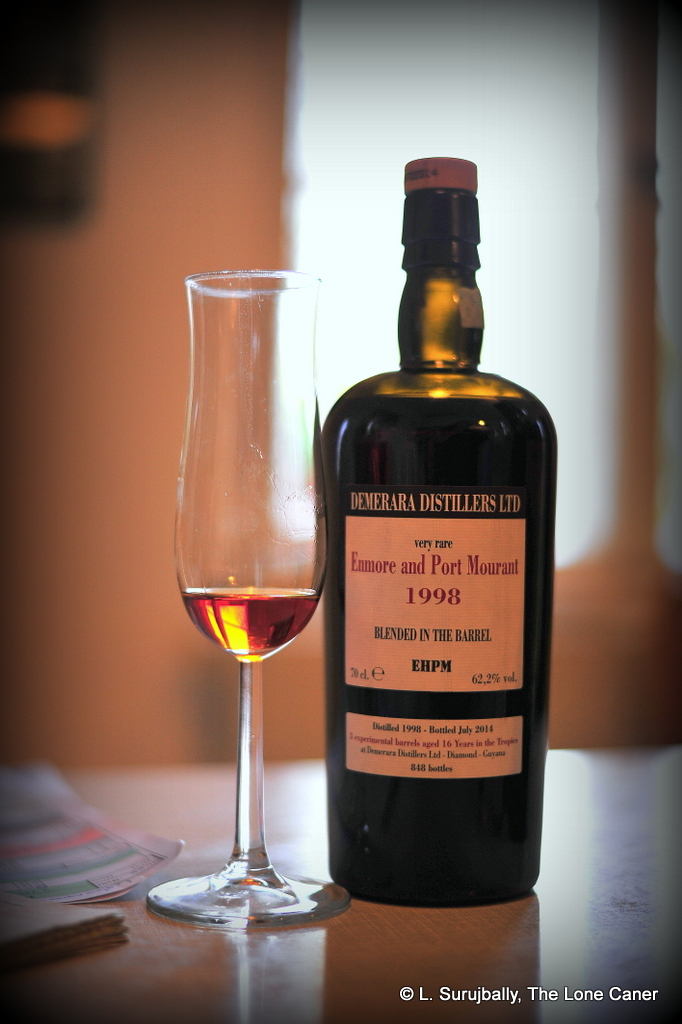
Appearance wise, box is decent; bottle and label were utterly standard, as always seems to be the case with Velier – they have little time for fancy designs and graphics, and stick with stark minimalism. Black bottle, white label, lots of info, plastic tipped cork, surrounding a dark amber rum inside. When that rum poured, I took a prudent yet hopeful step backwards: prudent because I didn’t feel like being coshed over the head with that massive proof, hopeful because in remembering the PM 1974 and the Skeldon 1973, I was hoping that the aromas would suffuse the atmosphere like the police were quelling a good riot nearby.
I wasn’t disappointed on either score. That nose spread out through the room so fast and so pungently that my mother and wife ran to me in panic from the kitchen, wondering if I had been indulging in some kind of childish chem experiment with my rums. It was not as heavy as the Damoiseau 1980 which I had had just a few hours before (I was using it and the Bristol Caroni 1974 as controls), but deep enough – hot, heavy to smell and joyously fresh and crisp. Tar, licorice and dried fruits were the lead singers here, smoothly segueing into backup vocals of black bread and butter, green olives, and a riff of coffee and smoke in the background. It had an amazing kind of softness to it after ten minutes or so, and really, I just teased myself with it for an inordinately long time.
Subtlety is not this rum’s forte, of course – it arrived on the palate with all the charming nuance of a sledgehammer to the head, and at 62.2% ABV, I was not expecting anything else. So it wasn’t a drink for the timid by any stretch, more like a hyperactive and overly-muscular kid: you had to pay close attention to what it was doing at all times. It was sharp and heavy with molasses and anise at the same time, displayed heat and firmness and distinct, separable elements, all at once: more molasses, licorice, chopped fruit, orange peel (just a bit), raisins, all the characteristic West Indian black cake ingredients. Adding some water brought out cinnamon, black grapes, ginger, flowers, tannins and leather, with some aromatic smoke rounding out an amazingly rich profile.

Man this thing was an immense drink. I said I expected three profiles, but it was practically impossible to separate them out, so well were they assembled. There was just no way I could say how much came from PM, and how much from Enmore (Velier provided no information on the ratios of one to the other, merely remarking that the Enmore is dominant). It was the sort of rum that when you fully drop the hammer on it — which is to say, drink a gorilla-sized two ounce shot, hold it down for a few seconds, before slugging it down and asking for a refill — its flavours bang away at your throat like the Almighty is at the door (and pissed at you). Even the finish displayed something of that brooding Brando-esque machismo – long lasting, heated, with closing notes of strong black slightly-bitter tea, raisins and anise. It is a brilliant bit of rum-making, and answers all questions people have when they wonder if 40% is the universe. When I see my friends and commentators and reviewers and ambassadors wax rhapsodic over spiced rums and the standard proof offerings from the great and old houses, all I want to do is smile, hand them one of these, and watch their reaction.
Sooner or later, no matter how many Demerara rums I try, I always circle back to Veliers from The Age. I think of the company’s products almost like James Bond films, following familiar territory time after time, differing only in the details. It’s always fun to try a new expression of an estate specific Guyanese rum, if only to see what madness La Casa Luca has come up with this time. And here, I think we may just have the brilliance of a film like Skyfall, with its originality and uniqueness intact, hearkening back to all that has come before, recalling not only all the old glories of times past, but the remarkable synthesis of those same elements, combined into something startlingly and wonderfully new.
That was a film to treasure…and for the same reasons, so is this rum.
(#206. 91/100)
Other notes
- Velier has also issued a Diamond+PM 1995 blend in 2014.
- This was the third of four samples Luca Gargano sent to me personally (unasked for) in September of 2014 when he heard I would be in Europe in October of that year. He has agreed that I pay for them either in cash, or with a really good, high priced dinner in Paris.



 A relatively light and sweet potent white lightning that sits square between a white agricole and full-proofed island hooch, with a charm and power all its own.
A relatively light and sweet potent white lightning that sits square between a white agricole and full-proofed island hooch, with a charm and power all its own.